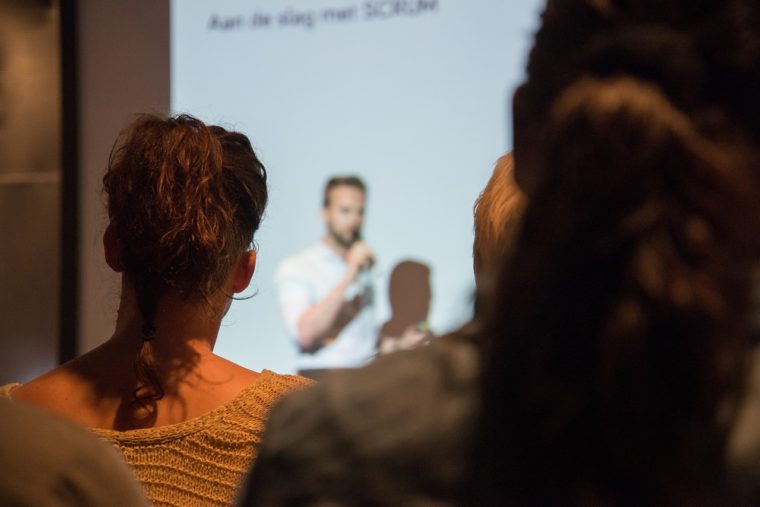You know who I’m talking about. It’s that one guy who always seems to derail your presentation by first interrupting you. Then once he has your attention, he takes everyone down a rabbit-trail. “Hey, wait a minute… take a look at the numbers for the Southwest Region in Q2. How did that happen? Clay, that’s your region. What was going on there in Q2?”

Then Mr. Interruption and Clay have a dialogue in front of the rest of the audience while you stand quietly in the front of the room wondering when this presentation is going to come back to you. While we cannot control the personalities in our audience, we can control how we present our data when using slides. By understanding the three phases of audience understanding you can better design your slides to maintain control of the presentation.
Audience Phase 1: Explore
The first phase the audience enters when a new slides appears is the EXPLORE phase. You know this is true because you do it too when you’re in the audience. You begin to explore the slide looking for the discovery. “What am I supposed to see here?” The longer it takes to get to the discovery, the more frustrated and tired you get. One great technique for accelerating the explore phase is to make your slide title a description of the discovery you want them to find. Think of the title as your “claim” or your key point for the entire slide and the slide content is the proof to support the claim. Give them a clue what you want them to discover.
“Acme Company Financials for Q2” – (Not descriptive at all!)
“8% higher sales across all regions except SW in Q2” – (YES! This tells the audience the discovery!)
Audience Phase 2: Discover
This is when the audience locates the DISCOVERY! It is the “Eureka!” moment for the audience. If we have designed our slides with descriptive titles (claims), the audience gets to this moment faster. However, if the slides include too much detail and information, some members of the audience will keep exploring.
Like the gentleman we introduced in the first paragraph, he probably prides himself on making his own discoveries and then pointing them out to the entire audience. You can help prevent this by limiting the amount of data you put on the screen. If it’s not important to your storyline, leave it out.
Audience Phase 3: Imagine
Your audience will not be ready to IMAGINE a different future until they have reached the discovery. Once at the discovery phase, the presenter (you) can now propose changes for the future. Make sure you answer the following questions to move the audience to imagine. You need to show which decisions need to be made and the potential consequences or benefits that may result from those decisions.
“What does this discovery mean?”
“How can we use this data?”
“What decisions will need to be made as a result of this discovery?”
Some personalities pride themselves on making discoveries before others and then sharing them in front of the audience. Build your slides to lead your audience through these phases and you can help curb that from happening in the future.
Still working on moving my audience to imagine…
See you next week,
Russ
p.s. If you know someone who can benefit from this post, please share with others. Sign up to receive my weekly blog in email.



Your point of view caught my eye and was very interesting. Thanks. I have a question for you.